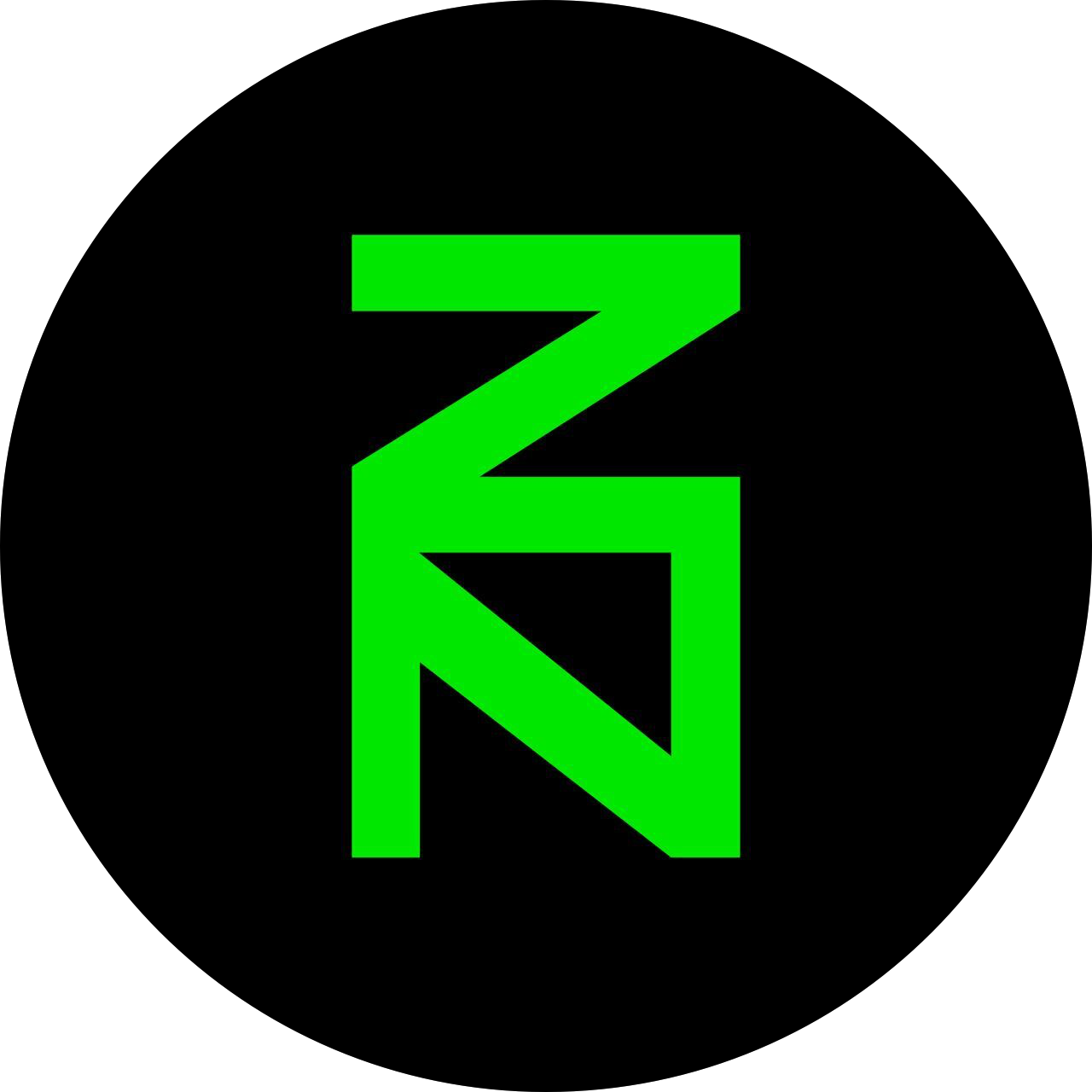What is Zenon Network?

(Any views expressed in the below are the personal views of the author and should not form the basis for making investment decisions, nor be construed as a recommendation or advice to engage in investment transactions.)
Zenon Network, the Network of Momentum (NoM), is a feeless, dual ledger, Layer 1 blockchain. The project was launched in 2018 with this post on the Bitcoin Talk Forum.
TL;DR

The project started by asking participants to deposit Bitcoin into a "smart contract" called xStakes. Participants ran nodes in exchange for earning $ZNN and $QSR, the native tokens of the network. Over time the Bitcoin was returned and $ZNN/$QSR rewarded. The founding developers and any backers did not receive a token allocation and were held to the same standards as all other participants. Some fun conspiracies and wild speculation exists about the origin of the project. We leave it up to the reader to play detective.
The NoM ledger architecture is unique in many ways:
- Transactions are feeless
- The architecture consists of two ledgers, a block lattice and meta-DAG
- Each user has an independent account chain which is designed to increase speed
- NoM contains an on-chain venture framework that supports the ecosystem expansion
- Nodes run on commodity hardware and are incentivized to secure the network
NoM Ledger and Consensus
The NoM ledger architecture consists of two separate ledgers (1) the actual ledger consisting of settled transactions structured as a block-lattice, and (2) a DAG called the meta-DAG that contains the transactions required by the virtual voting algorithm.
Each user has an independent individual user account chain held in the block-lattice. The account chains are independently updated from other account chains as the virtual voting in the meta-DAG progresses. The block-lattice consists of actual transactions appearing in the network that are settled: send, receive and zApp related transactions.
A separate ledger called the meta-DAG contains the transactions required by the virtual voting algorithm (consensus). These so called Momentums confirm the account blocks.
Transaction Flow

Each account has its own chain and all transactions are account blocks: either send or receive. A send block specifies the receiver, token and amount. A receive block references the hash of the send block. New account blocks are send to nodes and grouped into "Momentums" ever 10 seconds.
Every five minutes 30 unique Pillars are selected, based on a delegation based virtual vote, to produce the next 30 Momentums. All account blocks in the block-lattice acknowledge a Momentum and thus a specific fork. Each Momentum confirms the account blocks.
Tokens

The Network of Momentum consists of two tokens: $ZNN and $QSR.
$ZNN is needed to run network consensus infrastructure and participate in protocol emissions. It secures the network through lock-up by Pillars, Sentinels, and Stakers. It's also used by delegators to assign voting power to Pillars and influence their ability to produce Momentums and earn Momentum rewards.
$QSR is a complementary disinflationary asset that is used to spawn Pillar or Sentinel nodes. In addition, $QSR can be fused into a 3rd dimensional asset called plasma which enables high throughput, feeless transactions. $QSR also secures the network through burn or lockup by Pillars and Sentinels.
Network Participants
Stakers
Passive participants that lock-up $ZNN and receive $QSR, the scarce asset needed for spawning Pillars and Sentinels, and fusing Plasma (network gas) to process transactions.
Delegators
Delegators support Pillar (validators) by delegating their own $ZNN tokens to a Pillar using the native SYRIUS wallet.
The more ZNN tokens a Pillar has delegated, the more Momentums it can produce and ultimately earn more rewards. The top 30 most heavily weighted Pillars earn the most rewards.
Pillars
Pillars are the backbone of Network of Momentum. They participate both in the consensus protocol by validating transactions, the state of the dual-ledger and in the governance framework.
Stay Tuned for More
Sign Up to be notified of the next Learn Zenon post.
Learn More
- Sign Up | Get Notified of New Posts
- Learn | Zenon.org & Zenon.Network
- White Paper |Zenon Network White Paper
- Pitch Book | Zenon Network Pitch Book
- Buy $ZNN or $QSR | Stex.com

Member discussion